Hens and Chicks are low-maintenance succulents loved by most gardeners. They give a pretty look to the gardens and even indoor spaces. But a common question that comes to everyone’s mind is are hens and chicks annual or perennial?
Hens and Chicks are hardy perennials that can withstand harsh weather conditions. They grow actively during their spring and summer seasons, but they turn dormant when temperatures are below freezing point. But even if they die back, the plant is likely to grow new growth during the spring.
If you love perennials, you should know which plant is a perennial. It will make deciding which plant you want to have easier. If you wish to grow Hens and Chicks, this guide has everything you need to know about the Hens and Chicks being annual or perennial. We will also share some care tips in brief.
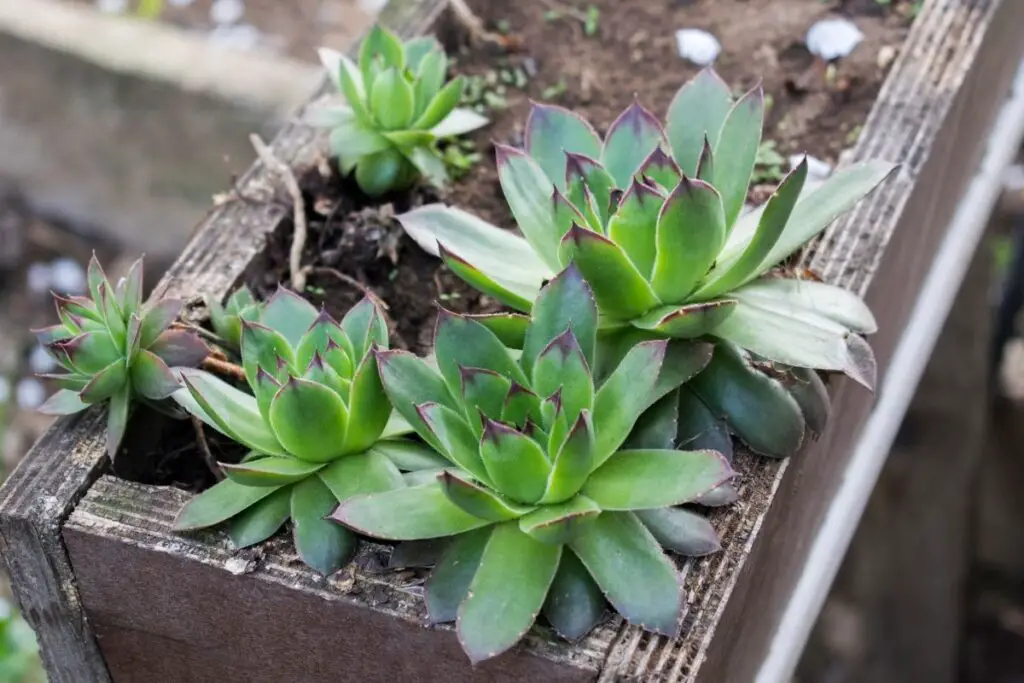
Are Hens and Chicks annuals or perennials?
Before you understand whether Hens and Chicks is an annual or perennial, you need to understand the difference between these two terms.
Annual plants are those types that will grow actively and bloom for one whole year. These plants grow and complete their life cycle in only one year. They will germinate, flower, produce seeds, and die in that one year.
They will not come back in the next year. For that, you have to sow the seeds they produced. The main aim of these annual flowers is reproduction.
Deadheading won’t stop them from flowering again. They will again prepare for flowering until the region’s first frost.
Hens and Chicks are not considered annuals because they don’t grow actively or flower and die only in the first year.
Coming to perennials, they live for 2 to 3 years and will keep coming back each year. Perennials are cold-hardy plants. They will come back each year at the time of spring or summer.
Perennials grow actively and flower only during one season. After flowering, they will die. Deadheading will allow them to be back again.
Annuals don’t spread. But perennials will spread and can be divided to get more plants. The same is for the Hens and Chicks. They will multiply, and you can always get more of them without buying.
Some perennials will even thrive being neglected. Hens and Chicks are one of them.
The features of Hens and Chicks match with the perennials. Hens and Chicks are droughts, warmth, and even frost tolerant perennials. They grow actively only during spring and come back again next spring.
The plant will flower for 2 to 3 years. When they indicate signs of flowering, it means they are about to die. Even if you remove the blooms to extend their lifespan, you cannot stop them from dying.
Eventually, they will flower and die. The long, hot summer days will encourage flowering in them. You don’t need to worry if they die. Being perennials, they will make sure you can have them again through the baby plants.
So, it must be clear to you that Hens and Chicks are perennials that come back every year in the spring.
Will Hens and Chicks come back each year?
Yes. Of course, Hens and Chicks come back each year. As I explained in the previous point, they are perennials and will be back every spring.
Hens and Chicks don’t grow the whole year actively like annuals. They will grow actively only during the spring and flower during the summers.
Don’t worry if they are not growing in winters. They remain dormant in winters and thus stop their growth. That is why you will not see them growing much during cold weather.
In such conditions, you should not water the plants. Do it only when you feel the soil dry. Avoid fertilizing them in the winters. Once the winter ends and spring arrives, you will again see them growing profusely.
How long do Hens and Chicks live?
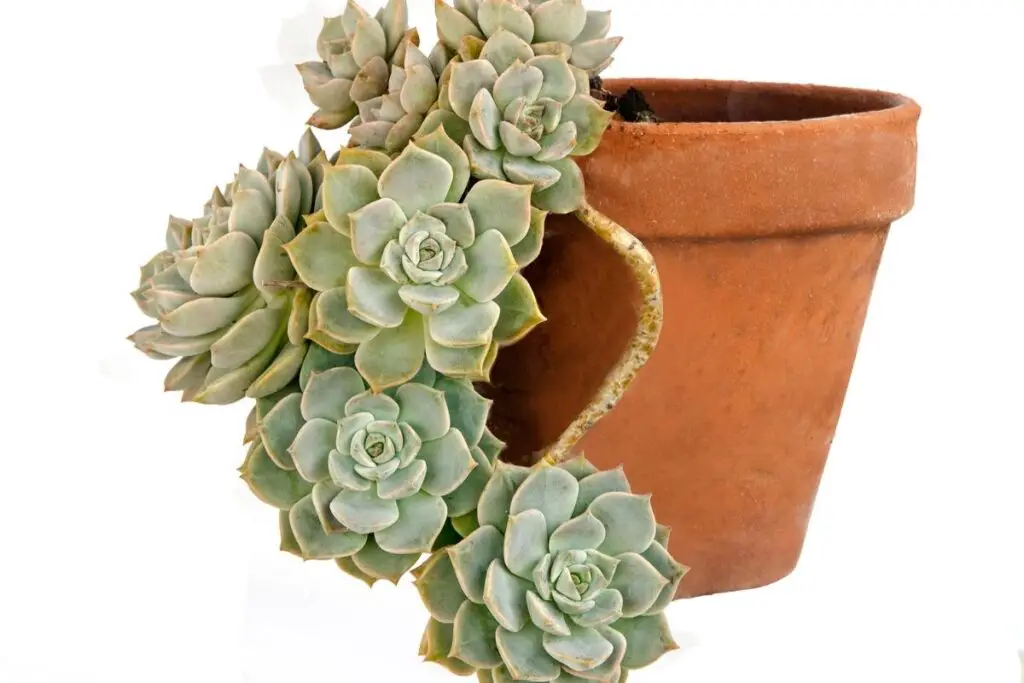
Generally, Hens and Chicks can live for three years. So the plant will have two years in hand to be generative. When one Hen plant produces one Chick, that Chick will further produce more daughter plants after one year.
They will require watering in the first season sufficiently. This will help them to specify a healthy root growth. Once they are settled, you can decrease the watering frequency.
Within these three years, the plant will be producing many baby plants.
You can grow them by dividing and replanting them. When the three year finishes, the plant will grow a tall stalk from the center. From that stalk, the plant will produce flowers before dying.
Even if you cut the stalk and stop them from flowering, they will eventually flower when the plant has finished its cycle. They can live not more than three years. So, cutting the stalk will not contain your plant from dying.
Because they are perennials, they will spread to ensure returning in the spring.
Looking for gardening supplies? We have tested 100's of products before recommending them to you guys. Check out our best pick below:
| Image | Gardening Supplies | Best Price? |
|---|---|---|
 Top
Top Top
Top | Raised Garden Bed Kit | Check On Amazon |
 | XLUX Soil Moisture Meter, Plant Water Monitor, Soil Hygrometer Sensor for Gardening, Farming, Indoor and Outdoor Plants, No Batteries Required | No Results |
 Top
Top Top
Top | 82 Pcs Garden Tools Set and Extra Succulent Tools Set | Check On Amazon |
 | Joeys Garden Expandable Garden Hose with 8 Function Hose Nozzle, Lightweight Anti-Kink Flexible Garden Hoses, Extra Strength Fabric with Double Latex Core, (50 FT, Black) | No Results |
 Top
Top Top
Top | Dual Chamber Compost Tumbler | Check On Amazon |
 Top
Top Top
Top | Sunnyglade Plant Stakes | Check On Amazon |
 Top
Top Top
Top | Organic Cold Pressed Neem Seed Oil | Check On Amazon |
 Top
Top Top
Top | Mighty Mint Gallon :-Insect and Pest Control Peppermint Oil | Check On Amazon |
 Top
Top Top
Top | Scotts DiseaseEx Lawn Fungicide | Check On Amazon |
 Top
Top Top
Top | Jacks Classic 20-20-20 All Purpose Fertilizer | Check On Amazon |
 Top
Top Top
Top | 30,000 Seeds Pollinator Attracting Wildflower Mixture | Check On Amazon |
 Top
Top Top
Top | Survival Vegetable Seeds Garden Kit-Over 16,000 Seeds | Check On Amazon |
Do Hens and Chicks grow year-round?
Hens and Chicks are perennials that will grow actively only in spring and summer. They will not be growing continuously all year round. When winter arrives, they will go dormant outside.
Again when spring arrives, they will start growing energetically until summer. They will slow down their growth in the second half of autumn and go dormant in winters.
After three years, they will flower and die when they finish their lifecycle. Removing these blooms won’t control them from dying. You can get them back again next year by planting the baby plants they produced within these three years.
Do Hens and Chicks multiply?
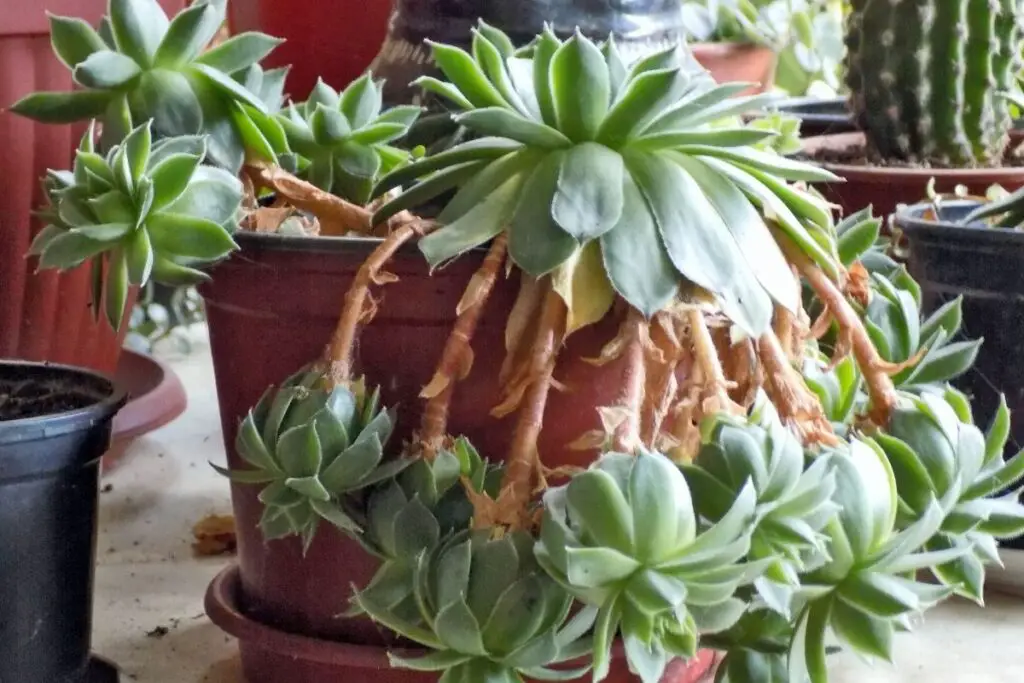
The Hens and Chicks will multiply during the spring. Usually, they will multiply 1 to 2 times. But different varieties have different features.
Relying on the variety, the Hens and Chicks can multiply three times in a year.
One single mother plant can produce at least 10 to 15 daughter plants.
The number of offsets also depends upon the species you are growing. Some large varieties will produce only 3 to 5 offsets. Even if they are few, the babies will be bigger.
When they finish flowering, it means they are about to die. But as they are perennials, they will make sure they are back again the following year. Thus, they will produce these baby plants.
You can plant and care for them to let them come back again. Thus, it is again proved that Hens and Chicks are perennials.
Will Hens and Chicks survive winter?
Hens and Chicks are cold-hardy perennial succulents that will not need any protection from winters. They can survive winter very quickly. They won’t die, but they will survive.
Either they will be growing very slowly or going completely dormant. Once the temperature gets warm, they will again start growing.
When winter arrives, the outer leaves will dry out completely. But this is normal because they are protecting the inner part of the rosettes.
They will be fine when the temperature starts rising. Receiving warm weather for some days will bring them back to life.
During the winters, these plants will go dormant outdoors. This dormancy further supports a stunning performance during the spring and summer.
However, some growers bring them indoors in winters. This will not let the plant go dormant. They will be growing but very slowly.
How to care for Hens and Chicks to encourage coming back again?
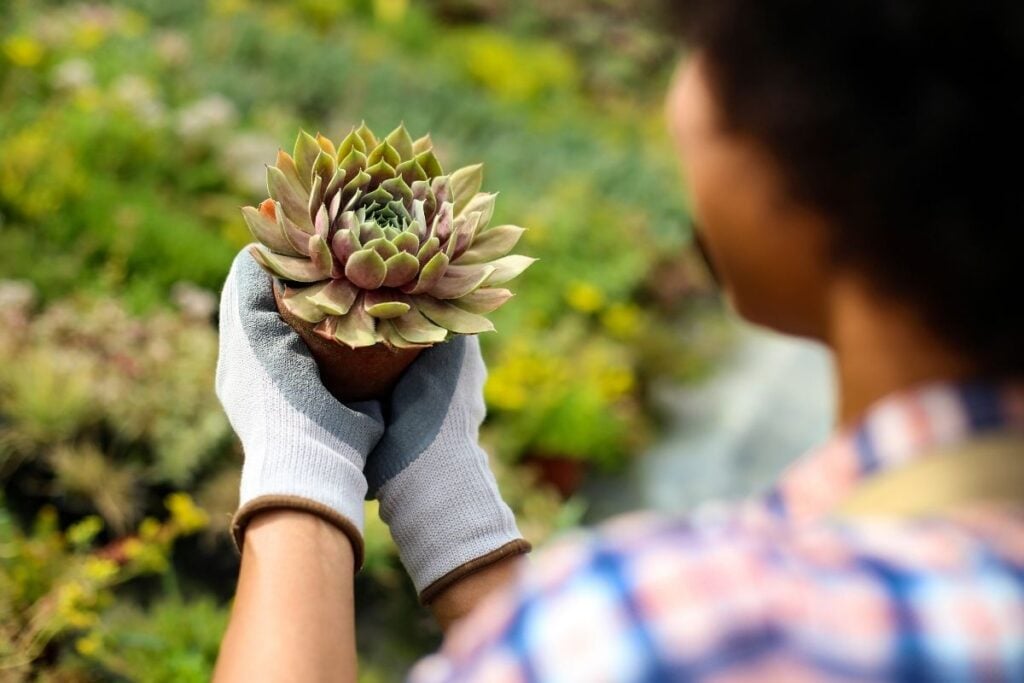
If you own many plants, Hens and Chicks will be one of the easiest plants to take care of. They will not require daily care and attention; instead, they can even thrive if neglected.
Let’s discuss in brief the primary care needs for Hens and Chicks.
Light
Hens and Chicks need a minimum of 6 to 8 hours of direct sunlight for good health. Some varieties will need full sun for at least 8 to 10 hours.
An adequate amount of sunlight will result in good health and bright-colored rosettes.
Suddenly shifting a young plant to a place having full sun and harsh afternoon sun will result in sunburns. If you want to change the plant’s position, do it gradually.
Along with that, also continue watering them to lessen the sunburn risk.
Also read: How Much Sun Do Hen And Chicks Need? (Light Requirement)
Soil
They don’t need any nutrient-rich soil. A poorly nutritious soil will be ideal for Hens and chicks. You should look out for efficient drainage. These are drought-loving plants and will not enjoy being overwatered.
For good drainage, you should use 50% of garden soil and sandy soil each. One will contain moisture, and the other will drain extra water.
You can also grow them in rocky soil. This will also won’t allow the water to remain stagnant. These two soil mediums have neutral pH levels ideal for Hens and Chicks.
Other substrates include gravel, stones, and large rock slabs. These are the natural growing environment for Hens and Chicks, where they can even grow soilless.
Avoid peat, pure clay, or pure sandy soil.
Also read: What Kind Of Soil Do You Use For Hens And Chicks? (+Best Soil Mix)
Water
If you use the soil I recommended, like garden-sand soil mix or rocky soil, you can water your Hens and Chicks once a week and 1 to 2 times in dry summers.
If you are using gravel or stones, you have to water regularly during the dry weather.
If you are using soil with more clay or sand content, the best way is to check the moisture and water them.
After the top 1-2 inches of soil get dry, you can water the plant. Water the plant close to the base and the soil. Avoid the leaves.
Also read: How Much Water Do Hens And Chicks Need? (Underwatering+Overwatering)
Temperature
They thrive in temperatures ranging between 60 to 75°F. This makes it clear that these will grow both outside and inside.
They will even tolerate temperatures below 30°F. They will not die, but they not grow either. In winters, they will hibernate and stay dormant.
They don’t need high humidity.
Fertilizer
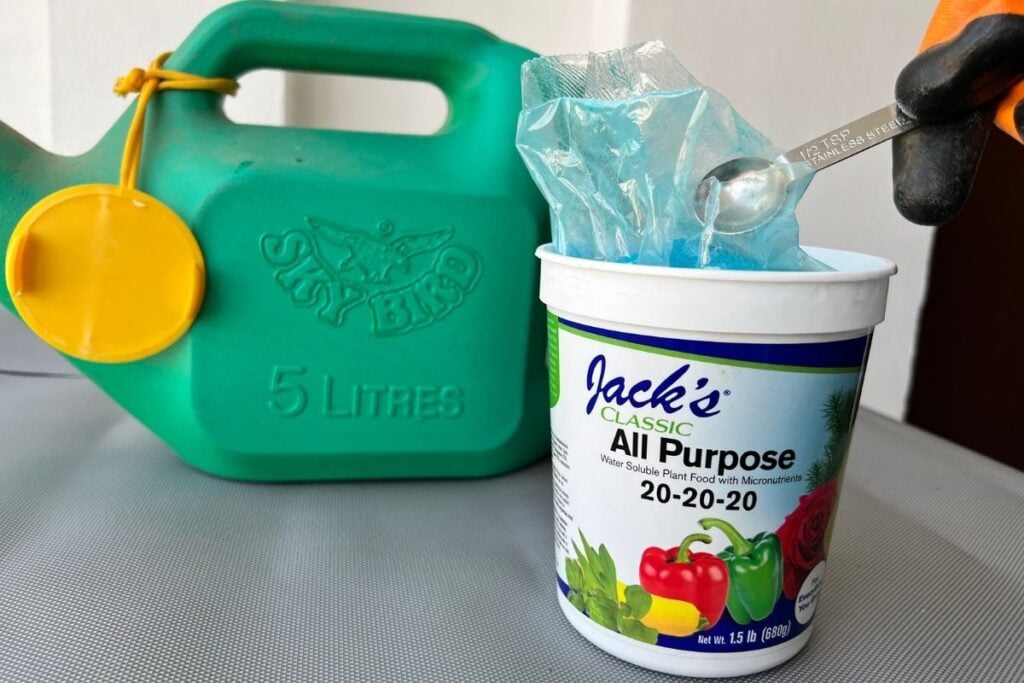
They don’t require any extra nutrients for healthy growth. As I already mentioned in the “Soil” point, they will thrive in infertile soil.
These plants produce a hormone named auxin. This hormone helps to regulate the growth of the plant. In their native land, they are habituated to growing over rock slabs with no soil.
However, little fertilizing once in the spring with a mild, balanced fertilizer can speed up their growth and encourage more spreading. It is your choice, and you can either skip this part or do it only once a year in spring.
Also read: Do Hens And Chicks Need Fertilizer? (+Best Fertilizer For Hens And Chicks)
Final thoughts
In the end, one can conclude that Hens and Chicks are drought and heat tolerant, frost-hardy perennials that come back every year.
Even if they die after finishing their three years of the life cycle, they come back again in the form of the baby plants they have produced within these years before dying.
As they are perennials, they don’t grow year-round like the annuals. They grow actively only during spring and summer every year and return in the same season.
In the winter, they stop growing and become dormant. But if grown indoors, they will be growing very slowly. Again in spring, they will start growing energetically.
Even if they die after three years, you can still have the baby plants for getting more Hens and Chicks. They produce a lot of babies. You can plant and enjoy them again for a couple of years.
Reference: Wikipedia, Iowa State University of Science and Technology, The University of Arkansas Division of Agriculture, NSDU, The Ohio State University, Missouri Botanical Garden.
